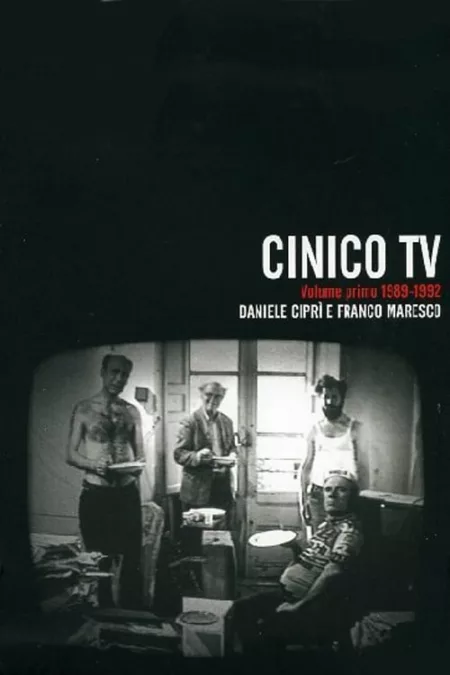The Best of Youth (2003)
The Best of Youth (2003)


Plot.
Where to Watch.
Cast & Crew.

Luigi Lo Cascio
Nicola Carati

Alessio Boni
Matteo Carati

Jasmine Trinca
Giorgia Esposti

Adriana Asti
Adriana Carati

Sonia Bergamasco
Giulia Monfalco

Fabrizio Gifuni
Carlo Tommasi

Maya Sansa
Mirella Utano

Valentina Carnelutti
Francesca Carati

Camilla Filippi
Sara Carati
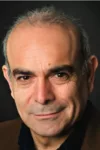
Andrea Tidona
Angelo Carati

Lidia Vitale
Giovanna Carati

Claudio Gioè
Vitale Micali

Giovanni Scifoni
Berto

Riccardo Scamarcio
Andrea Utano

Paolo De Vita
Don Vito

Mario Schiano
Professore di medicina

Roberto Accornero
Presidente del tribunale di Torino

Stefano Abbati
Spacciatore
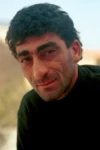
Giovanni Martorana
Maghrebino

Fabio Camilli
Detenuto Tangentopoli
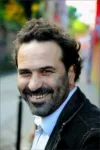
Domenico Centamore
Enzo

Mimmo Mignemi
Saro

Walter Da Pozzo
Mario

Alessandro Trotta
Poliziotto di Palermo
Media.
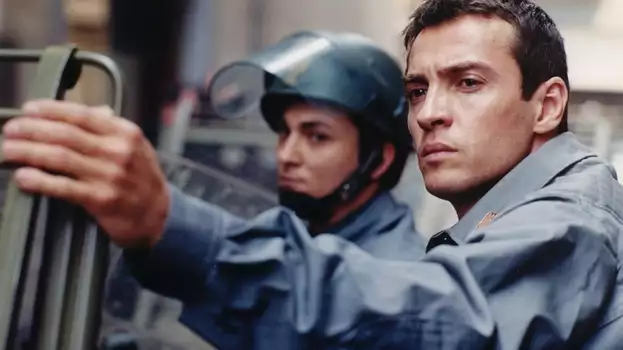
Details.
Release DateDecember 7, 2003
Original NameLa meglio gioventù
StatusEnded
Seasons1
Episodes4
Running Time6h 6m
Filming LocationsPalermo · Florence · Venice, Italy
Genres
Last updated:
This TV Show Is About.
Wiki.
The Best of Youth (Italian: La meglio gioventù) is a 2003 Italian romantic drama film directed by Marco Tullio Giordana and written by Sandro Petraglia and Stefano Rulli. A family saga set in Italy from 1966 through 2003, it chronicles the life of the middle-class Carati family, focusing primarily on brothers Nicola (Luigi Lo Cascio) and Matteo (Alessio Boni) as their life paths separate during youth, encompassing major political and social events in post–World War II Italian history.
Originally conceived as a Rai television miniseries, it premiered at the 2003 Cannes Film Festival, where it won the Prize Un Certain Regard. It was then given a theatrical release in Italy as two 3-hour films (titled Act I and Act II), before being aired with broader success on Rai 1 in a slightly longer four-episode television version later that year. In the U.S., the film was released by Miramax in its theatrical version.
The title of the film, an ungrammatical rendition of La miglior gioventù ("the best youth/young people"), comes from the title of a 1954 Friulian language poetry collection by Pier Paolo Pasolini, who in turn borrowed it from a line of Alpini World War II song Sul ponte di Perati; here, Giordana uses it to refer to his generation, which is also the main characters' one, made up of those young people who participated in the Sessantotto.
You May Also Like.
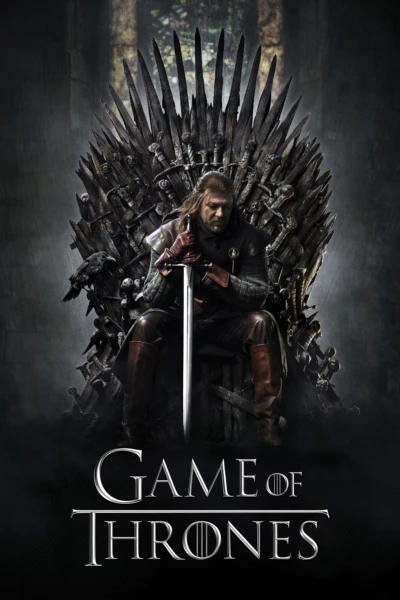
Game of Thrones (2011)

The Vampire Diaries (2009)

Squid Game (2021)
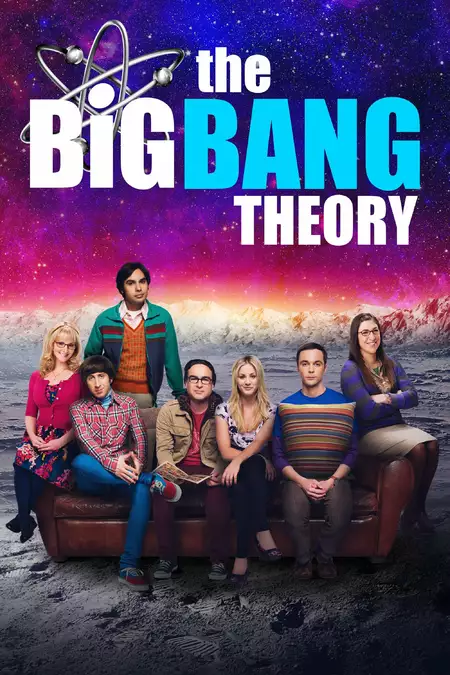
The Big Bang Theory (2007)

The Boys (2019)

Better Call Saul (2015)
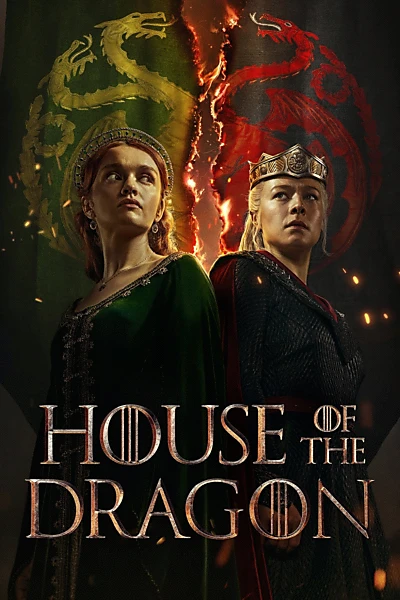
House of the Dragon (2022)

The Last of Us (2023)

Ted Lasso (2020)

Attack on Titan (2013)
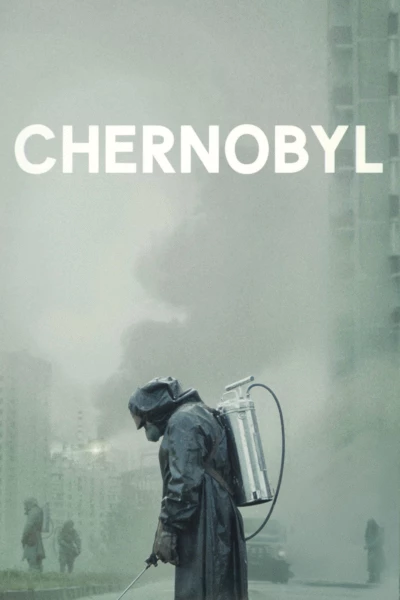
Chernobyl (2019)
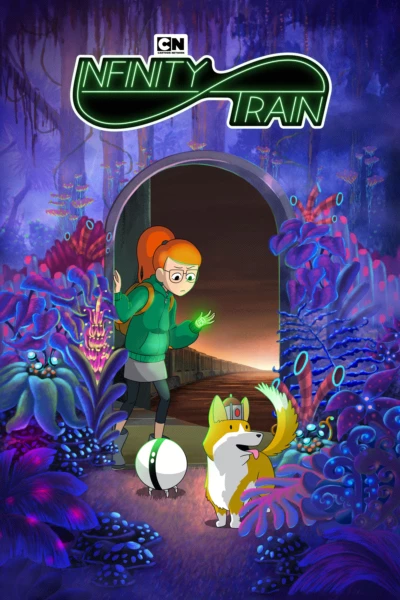
Infinity Train (2019)
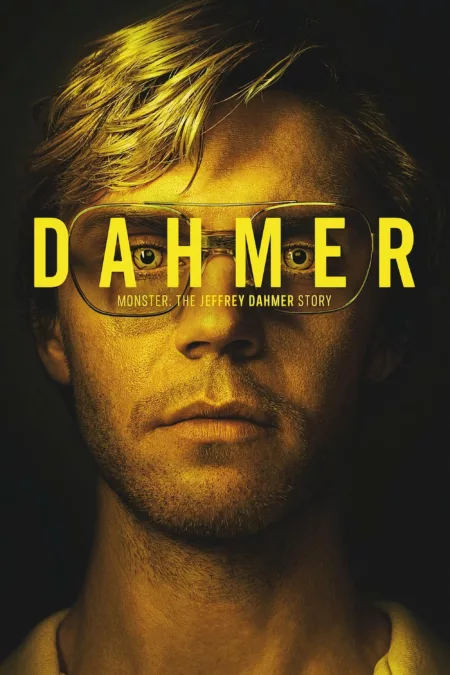
DAHMER - Monster: The Jeffrey Dahmer Story (2022)

Masters of the Air (2024)
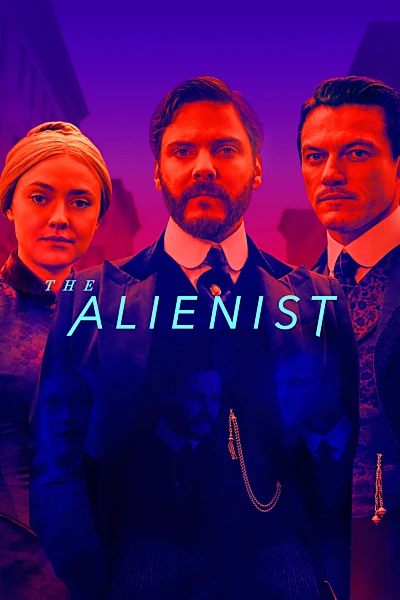
The Alienist (2018)
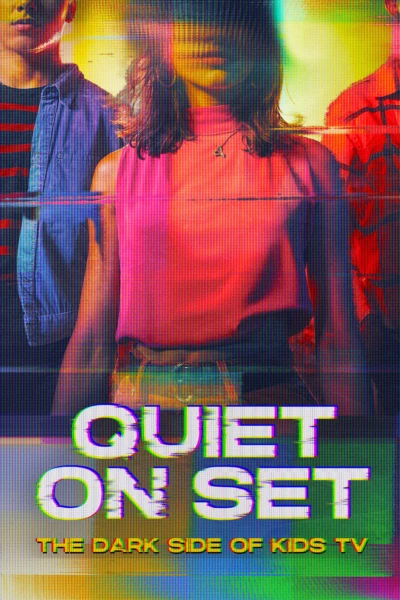
Quiet on Set: The Dark Side of Kids TV (2024)
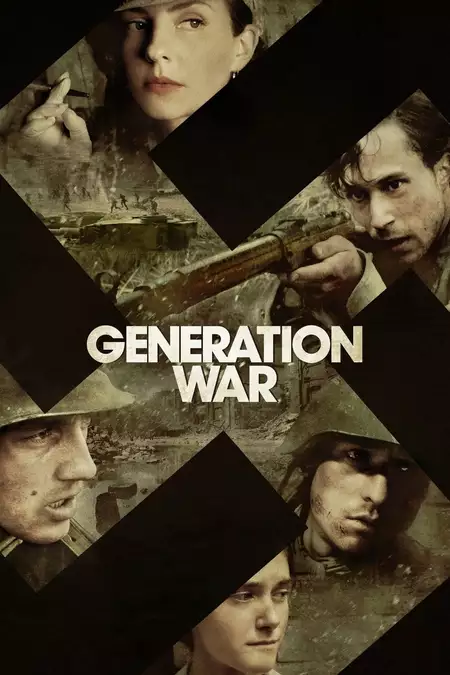
Generation War (2013)

The Stranger (2020)

Make or Break (2022)
